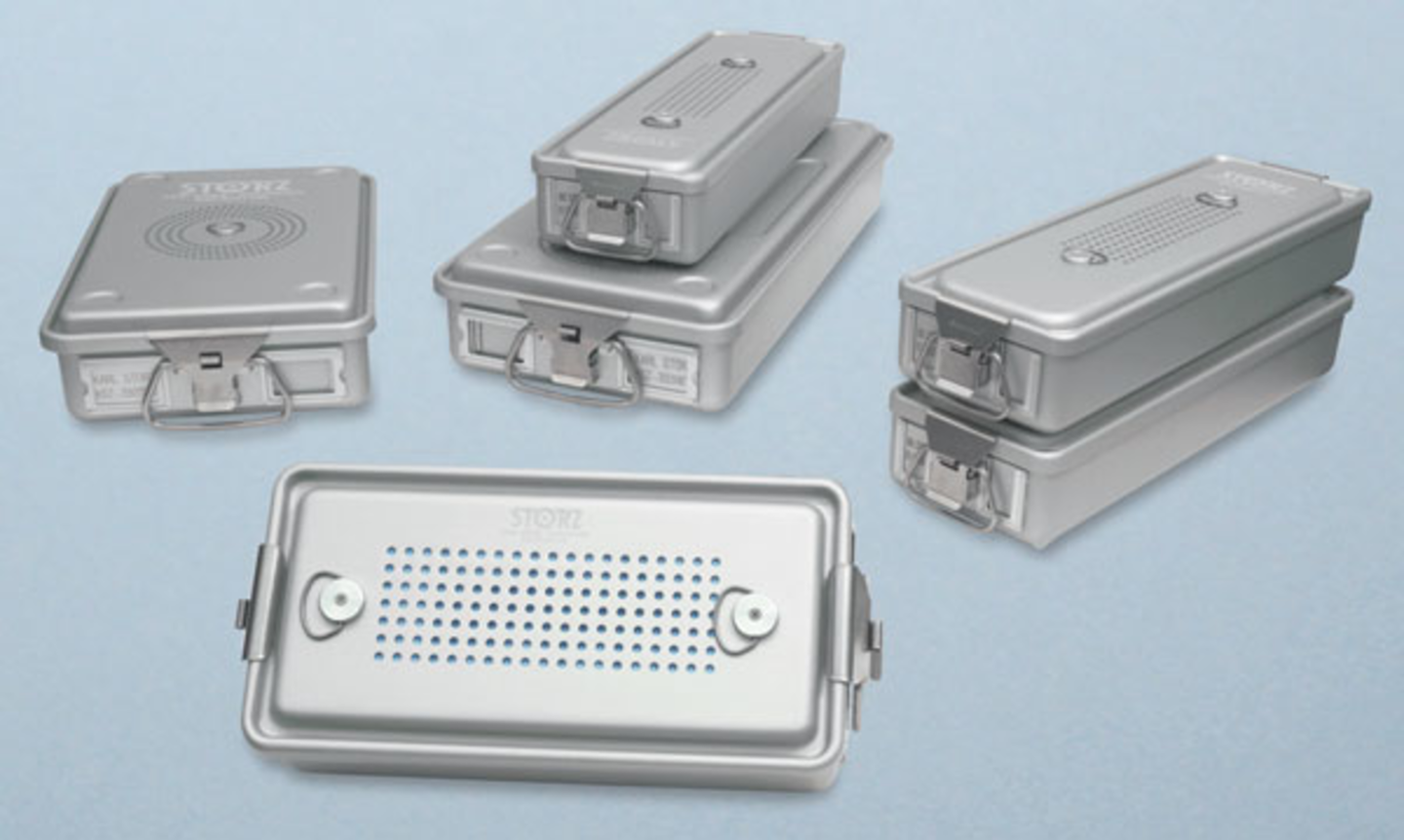Sterilization Container – All You Need To Know
A container consists of a tank, a lid, and filters or valves. A cover can be used to protect the filters from the risk of tampering.
For medication sterilization containers, Three types of materials are used for the manufacture of the containers:
Stainless steel. Solid, the containers are resistant to detergent-disinfectant agents and soda, but their weight is heavy.
Anodized aluminum. The containers are lighter than those in stainless steel, more easily deformable, and have good thermal conduction for better drying.
Synthetic materials. In composite polycarbonate, the containers resist well to shocks but are sensitive to the repeated use of detergents, disinfectants, and drying activators.
The two most frequently encountered opening systems for the passage of steam are filters and mechanical systems.
Filters
Usually located on the top of the lid, they are reusable or single-use.
The disposable filters are made of paper or nonwovens. They are changed each time they are used and meet the exact standard requirements as the packaging’s foils. The shape and dimensions of the filter are adapted to that of the support to cover all the perforations. Preferably, they include a passage indicator.
The reusable filters are made of synthetic material. The supplier’s recommendations regarding maintenance and the expected number of uses must be observed.
Mechanical Systems
The valves function as flaps that open to allow the sterilizing agent to pass through and close again to ensure a seal after the steam has evacuated and then the filtered air inlet. The operating condition of the valves is checked before each use according to the manufacturer’s recommendations. No means make it possible to control the effective closing of the valve and, therefore, maintain the sterile state after the end of the sterilization cycle. There is not yet a standard dedicated to containers used for low-temperature sterilization.
Inside the containers, the DMRs are placed in wire baskets or on thermoformed trays to avoid direct contact with the container’s bottom and walls and facilitate the aseptic extraction of the contents. Accessories can be used to maintain these DMRs.
In practice, for ergonomics and the potential risk of residual humidity at the end of the sterilization cycle, it is not desirable to use containers whose total mass exceeds 12 kg.
The container must be fitted with a system making it possible to indicate that the integrity of its closure is not compromised three before the use of its contents (clip, seal, or heat-shrink device, put in place after closing and cover lock).
The containers are cleaned before they are put into service and after each use manually or preferably mechanically.
The container cycles of washing equipment are generally shorter than those of instruments. The cycle must not include water recycling. Since alkaline detergents can alter aluminum, the choice of detergent takes into account the recommendations of the supplier. A commissioning procedure with manual cleaning with a neutral detergent and 1st vacuum pass in the sterilizer makes it possible to fix the anodization.
Before each reuse, each container is subject to control, and operability is checked according to the manufacturer’s recommendations. These controls relate in particular to:
The cover’s seal: integrity, flexibility, color, continuity, absence of imprint marks, absence of detachment.
The tank and the cover: absence of deformation, adjustment one on the other without forcing, verification of the compatibility of serial numbers (according to manufacturers), verification of flatness.
The filter holder: adjustment, locking, same brand as the cover, etc.
Any container showing a defect is immediately removed from the circuit until it is repaired.


